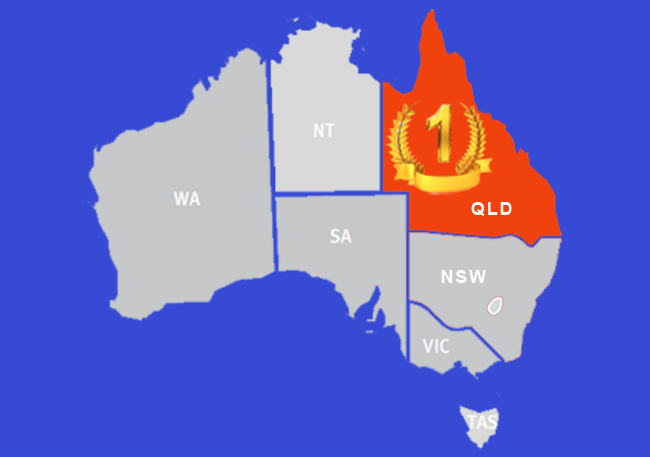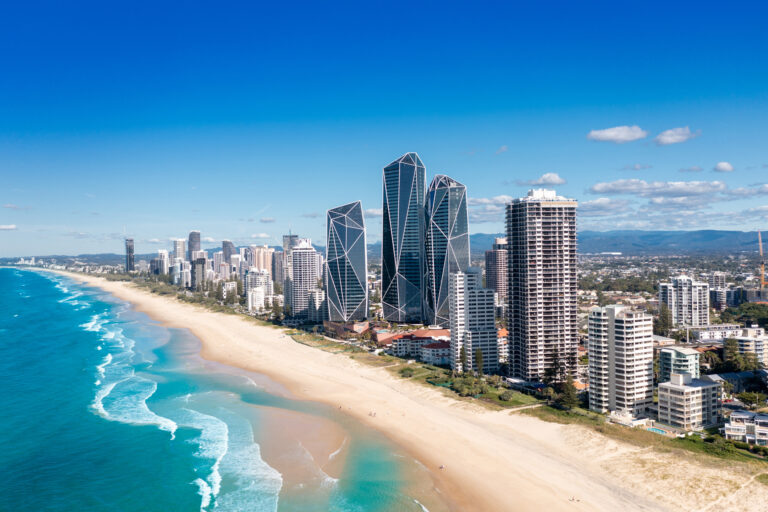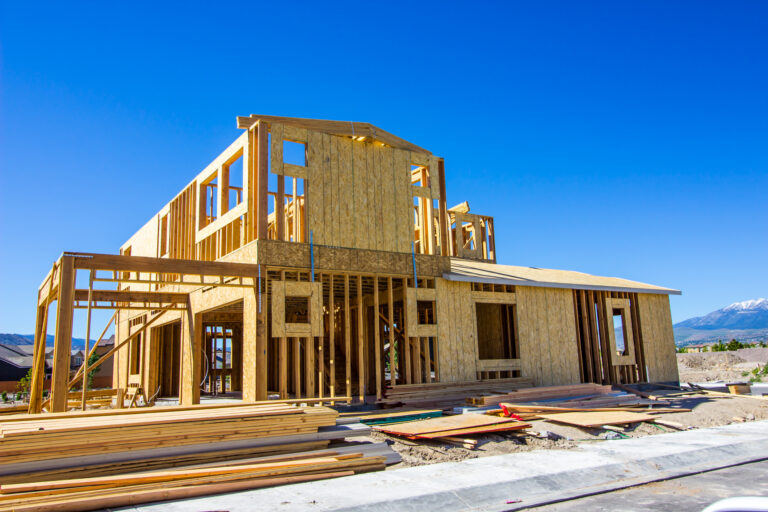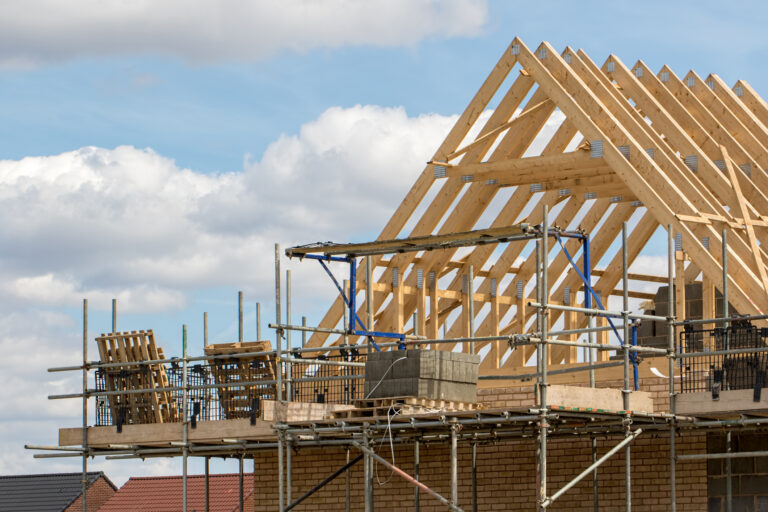This Week in Real Estate – 28th January 2023

Qld Tops Nation’s Economy
Queensland has become the top-ranked Australian state in the latest CommSec State of the States report, due to its strong performance in multiple industries, as well as nation-leading population growth.
According to the report, Queensland has the strongest relative population growth rate in Australia, at 2% annually, which is 30% higher than the decade average.
The Federal Government’s Population Statement forecasts that Queensland will remain the fastest-growing state at least until 2024.
It’s the first time in the 13-year history of the State of the States report that Queensland has ranked No.1.
CommSec chief economist Craig James attributes the success to the state’s diversified economy, which is supported by solid mining, energy and tourism sectors and internal migration.
On five of the eight economic indicators, Queensland has annual growth rates that exceed the national average. This puts Queensland ahead of the other states in terms of economic momentum.
Queensland has the strongest jobs market in the country, with unemployment at 3.6% in December.
Gold Coast Units Outshine Houses
Apartments across the Gold Coast have been rising at record rates, with no end in sight.
According to SQM Research, unit numbers double the number of houses in the Gold Coast Main region. Throughout the early days of the pandemic, the number of units to houses was almost exactly double: March 2020 figures showed 2,299 units and 1,157 houses were on the market.
That trend continued through most of the pandemic, with the latest SQM Research figures showing December 2022 had 1,489 units on market, compared to 816 houses.
Part of the popularity of apartments is their relative affordability. Asking prices for houses in the Gold Coast Main region are typically double that of units, with the latest SQM data showing houses going for $1.4 million on average and units $700,000.
But some Gold Coast’s developments are averaging a lot more. The $435 million Royale Gold Coast apartment block sold ten properties for over $38 million in just two months (October and November).
Quote of the Week
“Lending to property investors has been below its long-term average since early 2017. Banks have charged investors higher interest rates, we’ve had credit-growth limits on investor lending, state governments have put up land tax and all of this combined has seen fewer investors entering the market but also more investors exiting the market.”
Cameron Kusher, PropTrack
Arrivals Boost Business, Property
ABS figures show the number of people arriving in Australia is quickly recovering since February when the international border opened.
There were 1.2 million arrivals in December, the highest since the reopening. Westpac economist Ryan Wells noted that arrivals and departures have already exceeded 50% of their pre-Covid levels, with the three-month average growth rate for arrivals being 11.4%.
Wells also noted that net arrivals among key visa categories have shifted from net outflows to a historic recovery, especially among temporary workers and students.
The Federal Government’s official forecast for net overseas migration assumes 235,000 in 2022-23. Wells said the evidence suggests this number would be exceeded.
Property Investors Council of Australia chair Ben Kingsley says stronger immigration will add to housing demand. However, he also noted that many new immigrants will have building trades, which could put downward pressure on the cost of new home construction.
Rental markets are facing unprecedented pressure due to a combination of increasing demand and insufficient supply
Rental Markets To Get Tighter
Rental markets are expected to become even tighter in 2023. A new report from PropTrack finds that enquiries per rental listing are up 31%, while the number of available listings has decreased 26% compared to the same time last year – the lowest they’ve been since 2003.
The biggest decreases were seen in Sydney and Melbourne, while regional markets have seen a slight easing of demand, with total rental listings increasing 9.8% year-on-year.
Rents in both capital and regional areas have increased, with a 10% annual rise in capital cities and 7.1% in regional areas.
Experts suggest that the most effective way to ease rental pressures is to encourage investors to buy rental properties. Shaun Bond, an economist from the University of Queensland, says corporate investors could also play a role in alleviating the current pressure in the rental market.
“This is the build-to-rent market, where large investors build apartments that could be rented out,” Professor Bond says. “That would help bring on large supply relatively quickly.”
Mortgage “Cliff” Claims Overstated
Despite media claims of a mortgage “cliff” leading to a drastic drop in consumer spending, recent evidence suggests that the impact of higher interest rates on the Australian economy will be minimal.
According to a report by investment bank Citi, only 4% of households are expected to be affected by the rollover from lower fixed rates to higher variable rates, with most of these households in the higher income brackets.
Furthermore, households are better placed to manage the transition due to higher savings rates.
Finally, the report determined that the impact of travel spending normalizing could be more of a threat to retailers than the mortgage cliff.
All in all, the evidence suggests that the fear of the mortgage cliff is “overstated” and the impact of rising interest rates on the economy will be minimal.
“Low to middle income earners facing the so-called mortgage cliff represent only around 4% of all households,” says Citi analyst Adrian Lemme.





